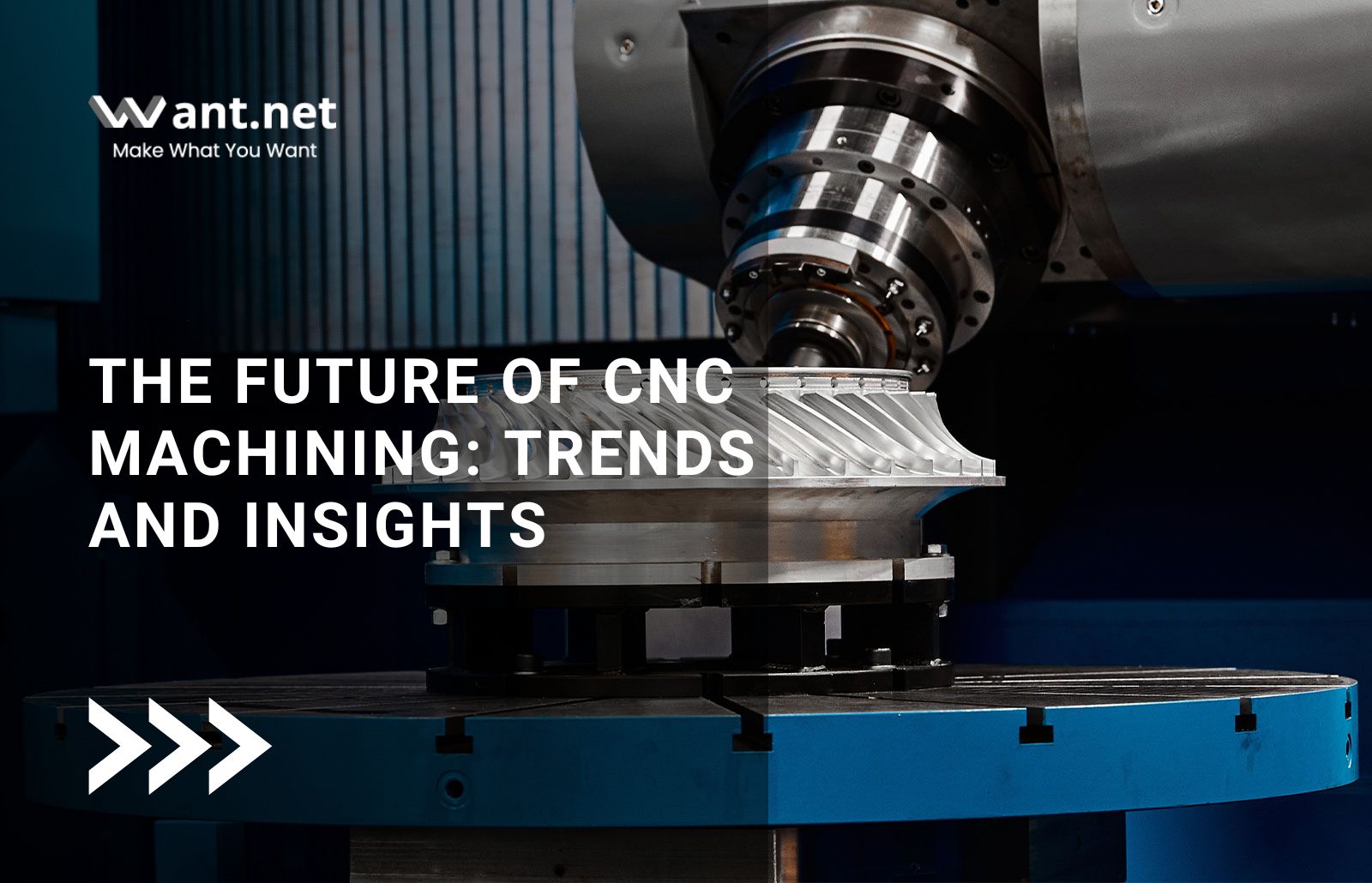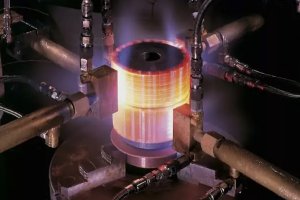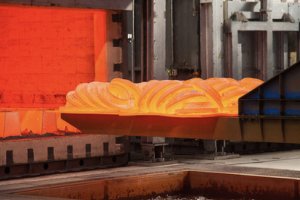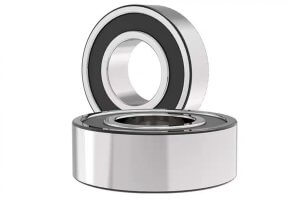CNC machining has come a long way since its inception in the 1940s. The technology has revolutionized the manufacturing industry and has made it possible to create complex parts and components with unparalleled accuracy and precision. But what does the future hold for CNC machining? In this article, we will explore the latest trends and insights in the world of CNC machining and how they are shaping the future of manufacturing.
The Rise of 5-Axis Machining
One of the biggest trends in CNC machining is the rise of 5-axis machining. 5-axis machining allows for greater precision and accuracy when creating complex parts and components. With 5-axis machining, the tool can move in five different directions, allowing for more complex shapes and designs. This technology is ideal for industries such as aerospace, medical, and automotive, where complex shapes and designs are necessary.
According to a report by MarketsandMarkets, the 5-axis CNC machining market is expected to grow from USD 4.9 billion in 2020 to USD 8.6 billion by 2025, at a CAGR of 11.9% during the forecast period. This growth is driven by the increasing demand for precision and accuracy in the manufacturing industry.
The Impact of Artificial Intelligence
Artificial intelligence (AI) is also making waves in the world of CNC machining. AI algorithms can analyze large amounts of data to optimize machining processes, reduce errors, and improve efficiency. This technology is particularly useful for industries that require high precision and accuracy, such as aerospace and medical.
For example, a company called Makino has developed an AI system called ProNet that can predict machining performance and optimize machining parameters in real-time. The system uses machine learning algorithms to analyze data from the machining process and make adjustments to improve efficiency and reduce errors.
The Growth of Additive Manufacturing
Additive manufacturing, also known as 3D printing, is another trend that is shaping the future of CNC machining. Additive manufacturing allows for the creation of complex shapes and designs that are difficult or impossible to achieve with traditional manufacturing methods. This technology is particularly useful for creating prototypes, small-batch production, and customized products.
One of the benefits of additive manufacturing is that it can reduce material waste and energy consumption, making it a more environmentally friendly option. In addition, additive manufacturing can be used to create parts and components with unique properties, such as lightweight materials or complex geometries.
Recommended Read: CNC Machining vs. 3D Printing: Which is Better?
The Importance of Efficiency
Efficiency is always a top priority in the manufacturing industry, and CNC machining is no exception. Improving efficiency can lead to reduced production time, lower costs, and higher profits. There are several ways to improve efficiency in CNC machining, including optimizing tool paths, reducing cycle times, and using advanced software and automation.
For example, using a tool path optimization software such as VoluMill can reduce cycle times by up to 80% and extend tool life by up to 500%. Automation technologies such as robotic arms and machine tending systems can also improve efficiency by reducing the need for manual labor and increasing throughput.
The Importance of Choosing the Right Machining Tools
Choosing the right machining tools is crucial for achieving high-quality results in CNC machining. There are several factors to consider when selecting machining tools, including material, cutting speed, feed rate, and tool life. It is important to choose tools that are suitable for the specific application and material being machined.
For example, if you are machining titanium, you will need a tool that can withstand high temperatures and pressures. If you are machining aluminum, you will need a tool that can remove material quickly and efficiently. It is also important to consider the cost of the tool and the overall cost of ownership, including maintenance and replacement costs.
Recommended Read: The Future of CNC Machining: Automation and Robotics
Conclusion
CNC machining is a vital component of the manufacturing industry, and its future looks bright. The trends and insights we’ve explored in this article show that CNC machining is continuing to evolve and improve, driven by the demand for higher precision, greater efficiency, and reduced costs.
As the technology continues to advance, it will become even more important to choose the right machining tools and to optimize processes to achieve the best possible results. And as we look to the future, we can expect to see even more exciting developments in the world of CNC machining.
Whether it’s the rise of 5-axis machining, the impact of artificial intelligence, or the growth of additive manufacturing, the future of CNC machining is full of possibilities. By staying up-to-date with the latest trends and insights, manufacturers can take advantage of these developments and stay ahead of the competition.
Order Your Machined Parts with Want.Net
At Want.Net, we pride ourselves on being a CNC machining manufacturer that offers high-quality machining services to help businesses achieve success. We understand that choosing the right tools and optimizing processes are crucial factors in achieving the best possible results in CNC machining. That’s why we provide a wide range of resources and tools to help businesses achieve their goals. From our tips for increasing efficiency to our comprehensive guide on how to choose the right CNC machining tools, we are committed to providing the best possible support to help businesses succeed in the world of CNC machining. So whether you’re a small business owner or a large corporation, we’re here to help you achieve your CNC machining goals.
Learn more guide here.









